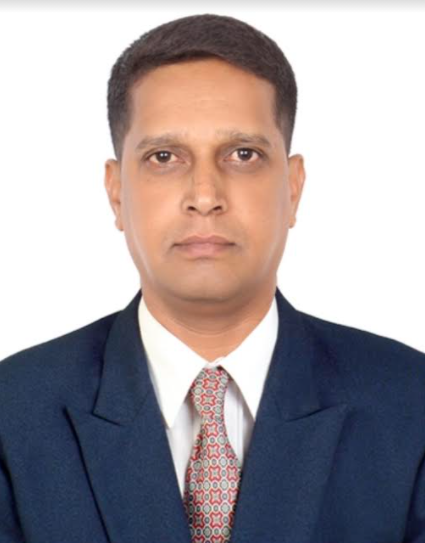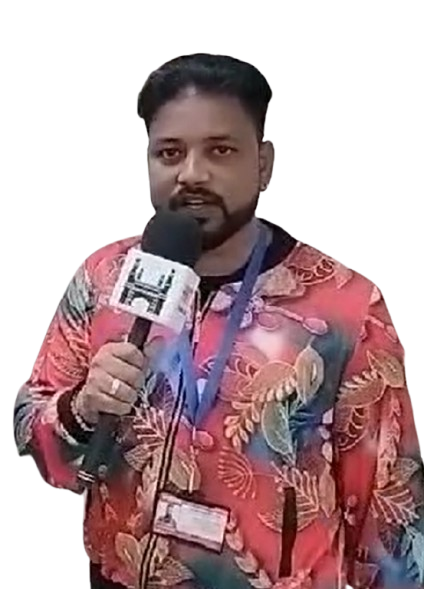In this article, we will learn the Methods Of Cooking And the Effects Of Heat On Foods
In the previous chapter, we discussed in detail the methods of cooking foods. Those are.
- Conduction Method
- Induction Method
- Convection Method
- Radiation Method
If you missed the subject, read here – Methods of cooking through mediums. All these methods of heat distribution can be further classified into 3 categories.
- Dry Heat Cooking
- Moist Heat Cooking
- Combo or Combination Cooking
Foods we eat are but proteins, fats, carbohydrates, water, plus little blends of minerals made up of salt, vitamins, pigments, and flavor components.
As a culinary student, it is imperative for you to thoroughly understand how these elements react when heat is applied to them.
Then, you will be agile to bring refinement removing faults in cooking when they happen, and count on the effects of changing cooking methods, cooking temperatures, or ingredient proportions.
Don’t just cook for the sake of it. Instead, try to know why foods behave as they do, only then, you can master the technique to behave as you want them to.
Cooking Methods:
Dry Heat Methods
- Grilling
- Roasting
- Spit roasting
- Baking
- Deep frying
- Shallow frying
- Barbecuing
- Microwave
Moist -Heat cooking methods
- Boiling
- Blanching
- Parboiling
- Poaching
- Steaming
- Pressure cooking
- En papillote
- Sous vide
Combination cooking methods
Braising
- Stewing
- Pot roasting
Effects Of Heat On Foods
When heat is applied to food, the food changes its color, texture, and nutritional value turning raw food to edible.
when heat is applied to different foods they turn differently. Foods turn brown, liquids turn solid and flavors change. Proteins coagulate, starches gelatinize, sugars caramelize, water evaporates and fat melts.
ALSO, READ – What Are The Gastronomical Values Of Writing A Menu?
Effect Of Heat On Carbohydrates
Carbohydrates are sugars and starch that break down inside the body to create glucose. Glucose is moved around the body in the blood and is the primary source of energy for the brain, muscles, and other essential cells.
Both elements are present in almost all foods in a variety of forms. They are found in Fruits
- Vegetables
- Grains
- Beans
- Nuts Meat and Fish contains little amount of carbohydrate.
For chefs, the significant change to remember in carbohydrates is caramelization and gelatinization.
Effects Of Heat on Fruits And Vegetable Fiber
Fiber, also written as Fibre often, is a cluster of complex objects that give shape and tensile strength to plants.
Fiber cannot be digested by humans, because they lack the necessary enzymes and is resistant to hydrolysis, a necessary process in the human body in which a substance is broken down by splitting its bond and adding water to it.
Since dietary fiber cannot be digested, it flows through the body basically as an unconsumed energy source. However, fiber is broken down by bacteria to produce gas and acids.
When heat is applied to fruits and vegetables, the fiber is broken down resulting in softening of fruits and vegetables making them digestible.
Sugar makes fiber stiff. That is why, fruits cooked with sugar retain its shape better, when cooked without.
Effects Of Heat On Proteins
When heat is applied to proteins, they coagulate
Therefore, the application of heat is of immense value to the culinarian. It is this flow of heat from one surface, element, or product to another that decides the quality of the product made.
If you like the informative article above, do not forget to share it with your fellow food lovers.
For More Articles On Food – Culinary & Cooking









